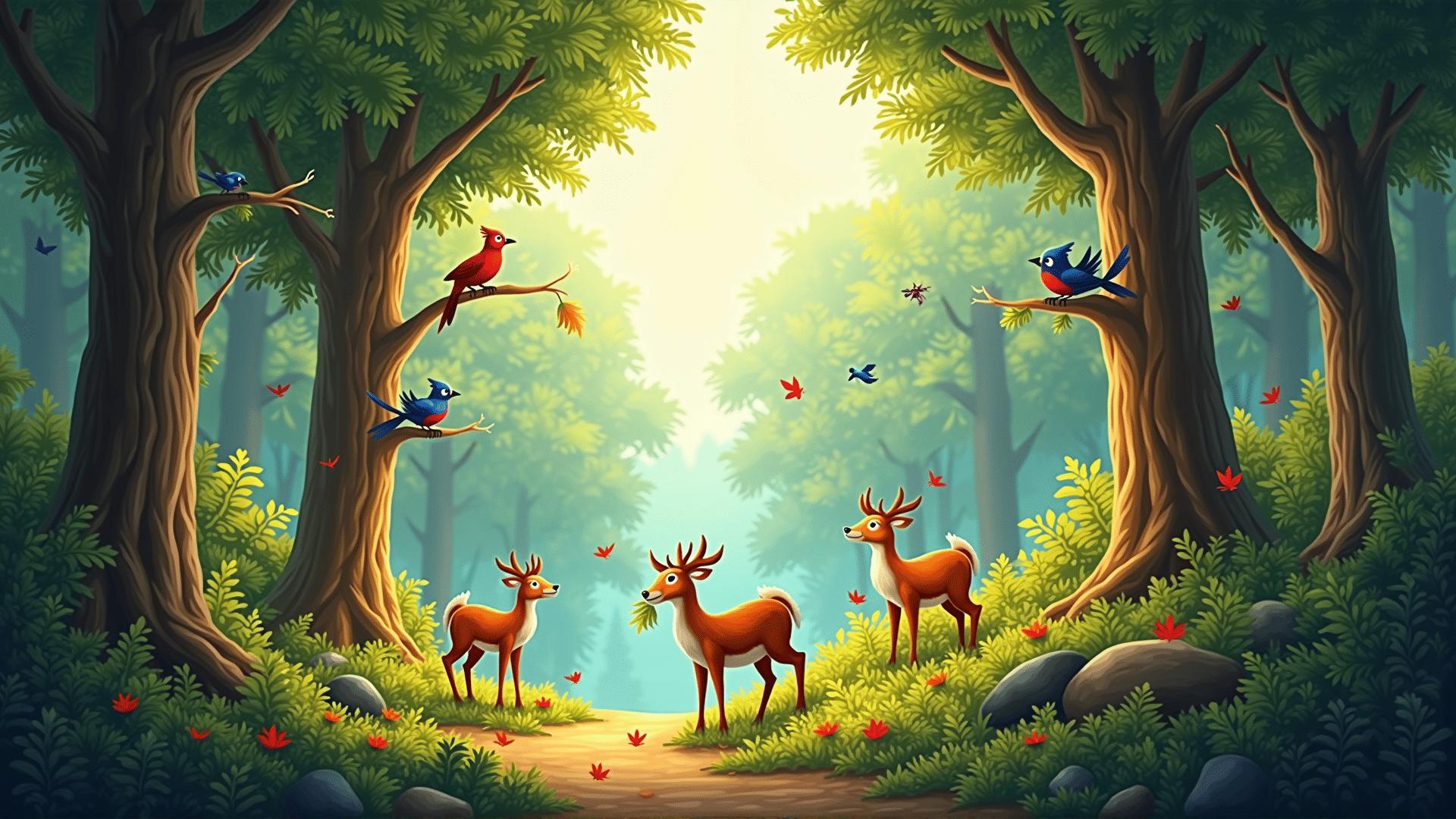Exploring the vast and intricate tapestry of the natural world offers endless opportunities for discovery and learning. From the microhabitats harboring millions of organisms to the majestic landscapes that define our planet's physical outline, nature presents a remarkable array of wonders waiting to be explored. Understanding the natural world not only enriches our appreciation for life but also underscores the delicate balance necessary for the sustainability of ecosystems.
Ecosystems: The Web of Life
At the heart of nature's complexity lies the ecosystem, a finely tuned community of living organisms interacting within their physical environments. They range from the vibrant coral reefs of tropical seas to the vast and arid deserts. Each ecosystem functions as a hub of energy flows and nutrient cycles, maintaining a dynamic equilibrium that supports a plethora of life forms.
Forests, often referred to as the lungs of the planet, are crucial for absorbing carbon dioxide and produce vast amounts of oxygen. Similarly, wetlands, sometimes undervalued, act as natural water filters, support diverse life, and protect shorelines from erosion. The interconnectivity between these systems signifies the importance of preserving each piece of the puzzle that makes up the biosphere.
The Animal Kingdom: A Symphony of Biodiversity
Peering into the animal kingdom reveals an astounding diversity of life. From the enigmatic depths of the oceans to the skies above, creatures of all shapes and sizes contribute to the biological richness of our world. Birds, with their varied plumage and melodies, for instance, are not just a symbol of beauty but play crucial roles in pollination and seed dispersion.
On land, mammals have evolved in multifaceted ways, showcasing everything from the social structures of elephants to the solitary survival tactics of tigers. In the waters, the intricate behaviors of dolphins and the colossal journeys of whales demonstrate the fascinating adaptability of life in marine environments.
Understanding the roles each species plays within its ecosystem helps in comprehending the broader ecological narratives. Predators help control prey populations, thereby maintaining the health of their habitats. Pollinators, such as bees and butterflies, ensure the reproduction of flowering plants, which are foundational to terrestrial food webs.
Nurturing Nature's Wonders
Preserving the intricate balance of the natural world necessitates active involvement and awareness. Conservation efforts are paramount to safeguarding delicate ecosystems and endangered species, ensuring they thrive for generations to come. Promoting biodiversity through sustainable practices and the protection of natural habitats is crucial.
Education forms an essential pillar in this pursuit. By fostering curiosity and understanding at all ages, societies can promote a harmonious relationship with the environment. Awareness and knowledge empower communities to make informed decisions that benefit not only human populations but the countless other species that share our planet.
In essence, the natural world is a testament to the power and beauty of life's diversity. As we continue to study and learn from it, we are reminded of our role as stewards of Earth’s bountiful treasures. By embracing the wonders of nature, we contribute to a legacy that cherishes and upholds the intricate dance of life on this incredible planet.
